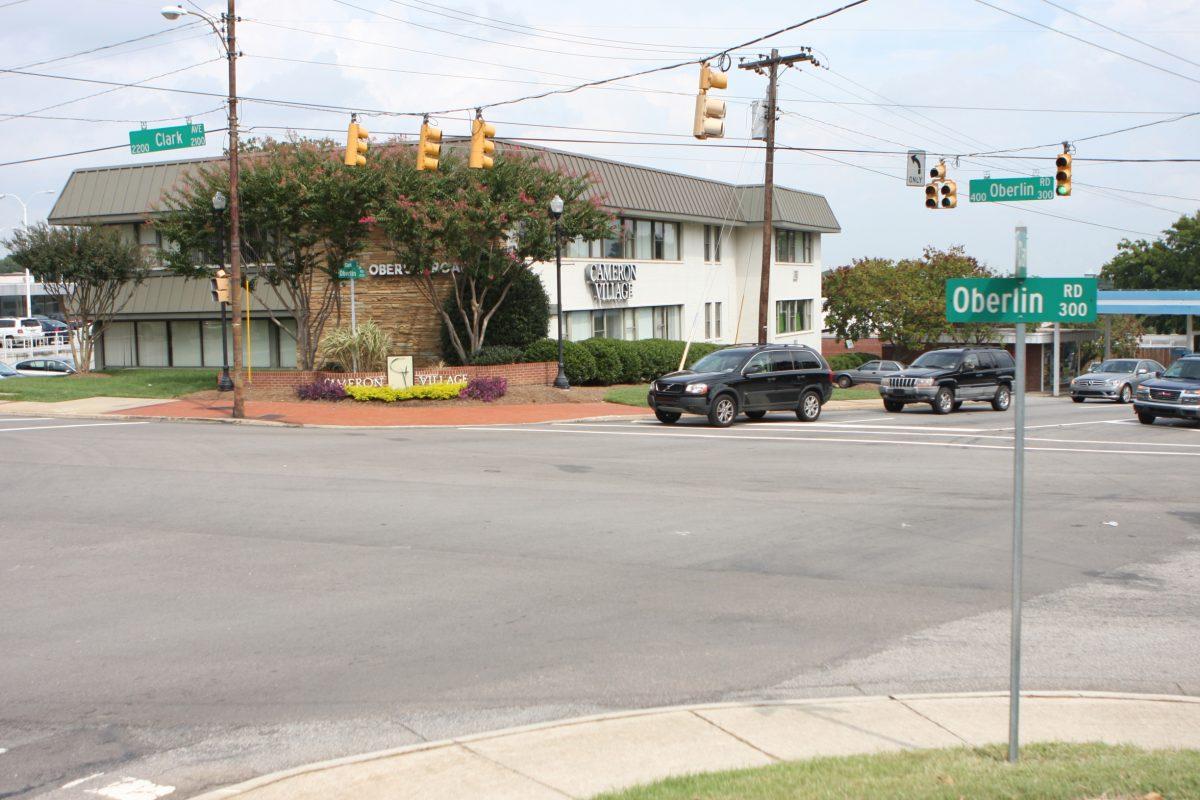It began in July 1958 in Wichita, Kansas; the first planned sit-in to encourage the integration of segregated businesses. The movement quickly spread to Oklahoma City, where NAACP leaders, teachers and students formed a national sit-in that would lead to a surge of anti-segregation protests across the South.
In Greensboro, North Carolina A&T students visited a Woolworth’s store and sat from open to close. Word spread quickly to Raleigh, N.C., where Shaw and St. Augustine students decided to take a stand for equal treatment, according to Robert John Davis Jr., a Shaw student at the time.
The planning process was intricate. Several meetings outlined acceptable and non-acceptable practices, including keeping the sit-in protests non-violent. Students were told not to respond to any remarks that were hurled at them, good or bad.
“We organized the sit-in and we decided that was an area we wanted to address,” Sherman Barge, vice president of the planning committee said. “Our goal was to open [the stores] and allow blacks to come in and eat and shop.”
Barge and Davis remember Feb. 12, 1960 vividly.
“In my mind at that time, I wanted to make it better for the people that would come behind me,” Davis said. “That was my motto–not only for blacks, I wanted the world to be better for whites and blacks.”
The students got in cars and buses, most dressed in suits and ties and arrived at Cameron Village. They walked around, holding their signs high while trying to stick to the game plan, despite some white onlookers spitting on them.
“It was very difficult,” Davis said. “They would call you all sorts of names. Not everyone, don’t get me wrong. Sometimes people would pass by and they would hand you fifty cents or a dollar.”
Barge added that some whites stood to the side offering inspiring words, but not joining in the line.
When the protestors, mostly made of football players, basketball players and cheerleaders, arrived to the Woolworth’s they all went in and had a sit.
“It was very nerve wracking,” Davis said. “I remember someone in the store saying they wish they had something to ‘shoot all the crows off the seat.'”
William Worth, vice president of Cameron Village Inc, said he approached a police patrol wagon complaining ‘in the interest of public safety’ after the students refused to leave. An estimated 41 black students were arrested for allegedly trespassing that day. They were immediately released under $50 bonds each.
“We had a trial in court and of course they found us all guilty,” Barge said. “But they destroyed those records.”
For many of the students involved with the sit-in movement in Cameron Village, it was their first and last arrest. The demonstration was also a day they will never forget.
“It was a thing that rocketed us forward to integration,” Davis said. “It was tough at that time, but we lived through it and we made it better for future generations.”
Barge said their courage and determination sparked progress around the world.
“Have you seen Raleigh lately,” Barge asked. “A lot of progress has been made at N.C. State and other state colleges throughout the country.”








